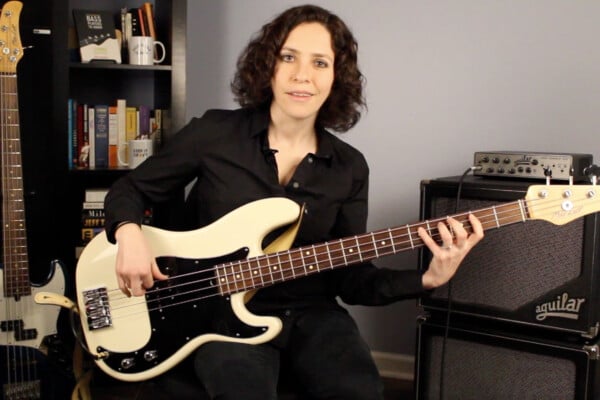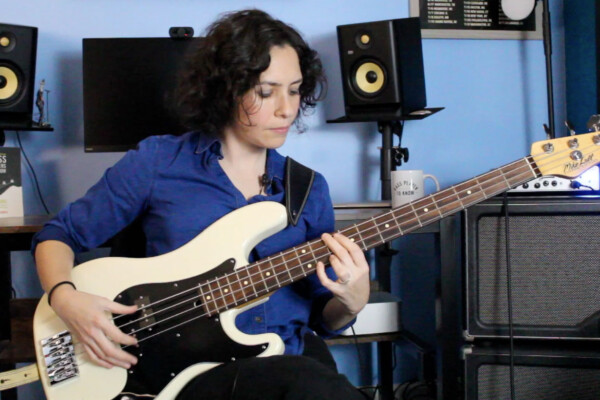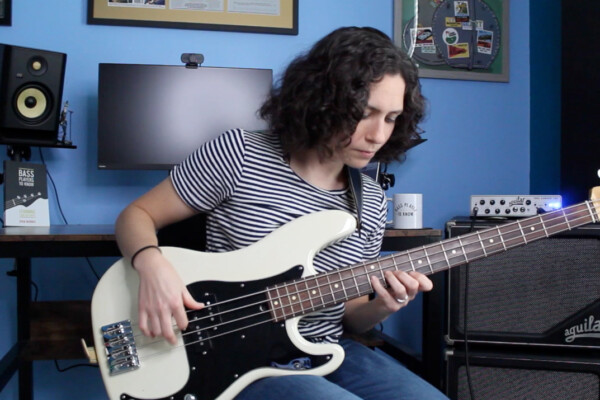Relative vs. Parallel Minor Scales
Q: What is the difference between “relative” and “parallel” when talking about jazz theory? I hear “relative minor” a lot, but I recently heard someone at school talk about “parallel minor.”
A: Good question! First, I’ll take a look at this column I wrote in 2014 concerning modes (and the relative minor).
The term “relative minor” refers to the modes. If you are in the key of G Major but started playing those notes while starting on the 6th degree of the scale (the E), you would get an E minor scale. E minor has the same exact notes as G major. Therefore E is the relative minor of G. Likewise, G is the relative major of E minor. You can just play the major scale until the 6th note, and that will be your relative minor key.
Getting comfortable with relative major and minor keys can be useful when improvising, too. Simply playing in the relative minor or major key allows you to: a) play from somewhere other than the root of the chord and b) play within a scale that is familiar to you. I see it as the first step towards discovering your own scalar substitutions when soloing.
For more on that, check out this 3-part series.
“Parallel minor” refers to a minor scale that starts on the same tonic as the major scale. If we are in G major, then G minor would be the parallel minor. That’s more of a classical music definition, though.
I tend to think of parallel motion, which I understand to mean, one chord type moving around, in a nutshell.
So if you have a D minor chord and move that same chord up and play an E minor, that would be parallel motion. One chord type moving in parallel (no notes within the pattern shifting and moving in parallel relative to each other).
This can be a handy and interesting sounding compositional (or improvisational) device. Take a chord type (any chord type) and move it around in minor 3rd. Sounds pretty neat!
E minor, G minor, B? minor, D? minor and back to E minor, for example. That is a great example of parallel motion in action. Totally non-diatonic (not in one key) and sounds cooler because of it. It’s a great way to break out of playing in one key.
Have a question for Damian Erskine? Send it to [email protected]. Check out Damian’s instructional books, Right Hand Drive and The Improviser’s Path.



